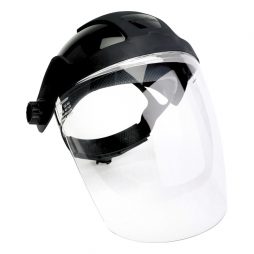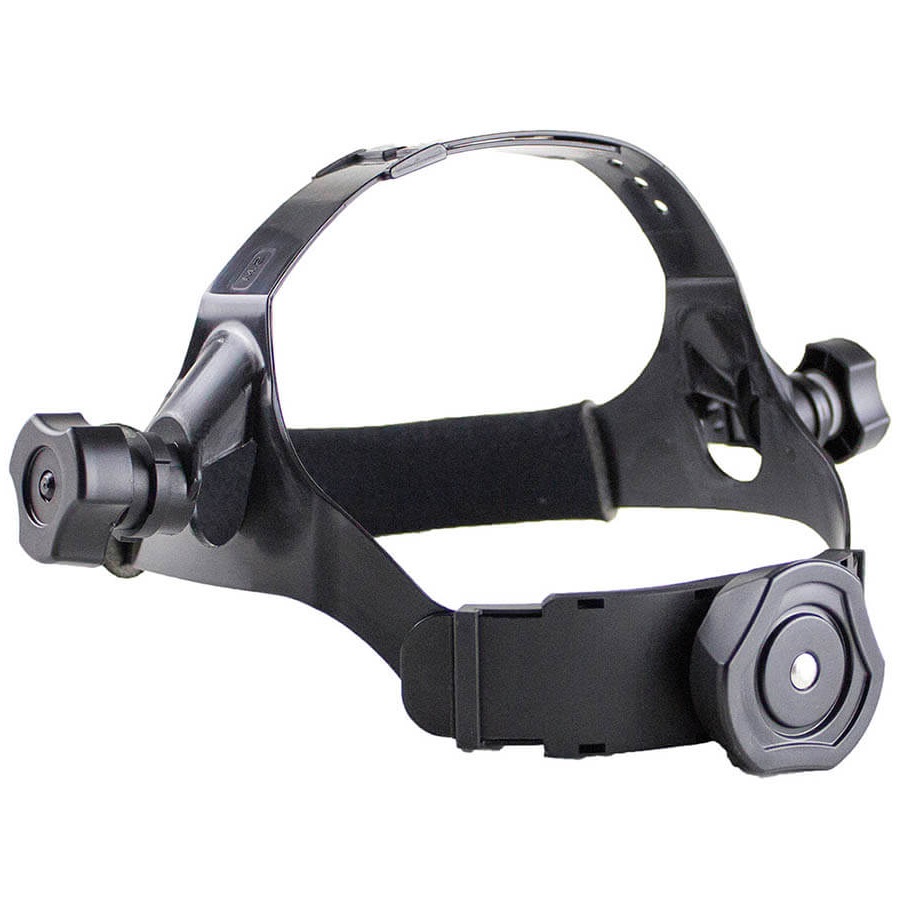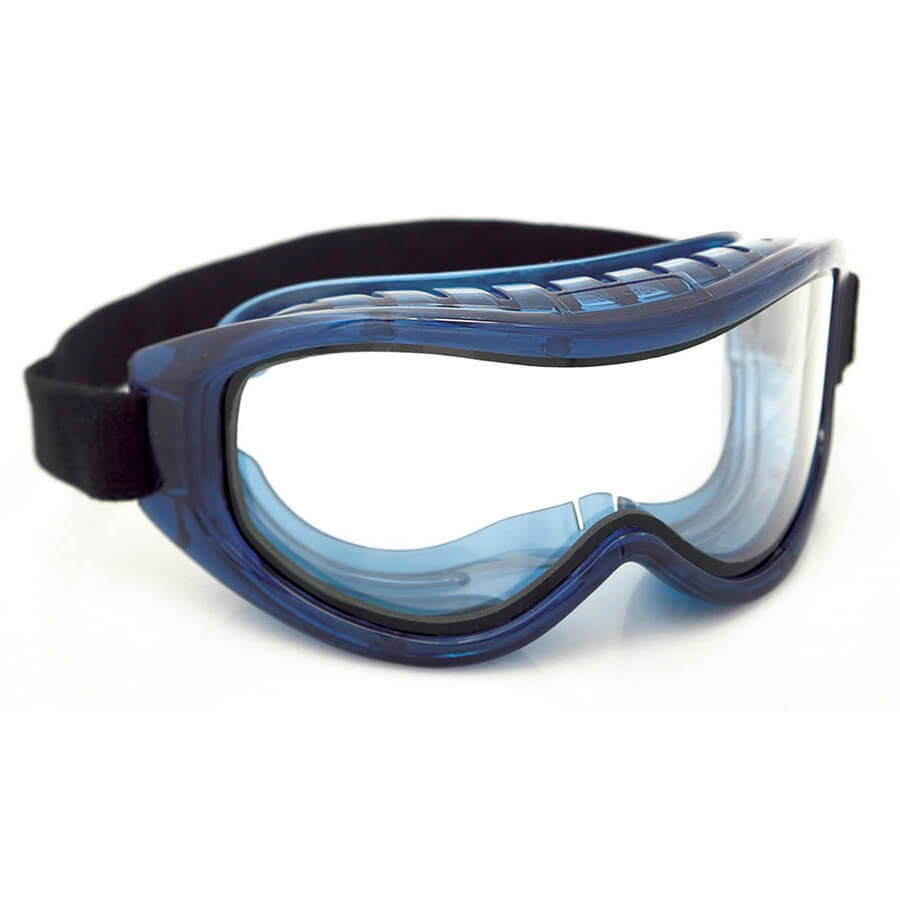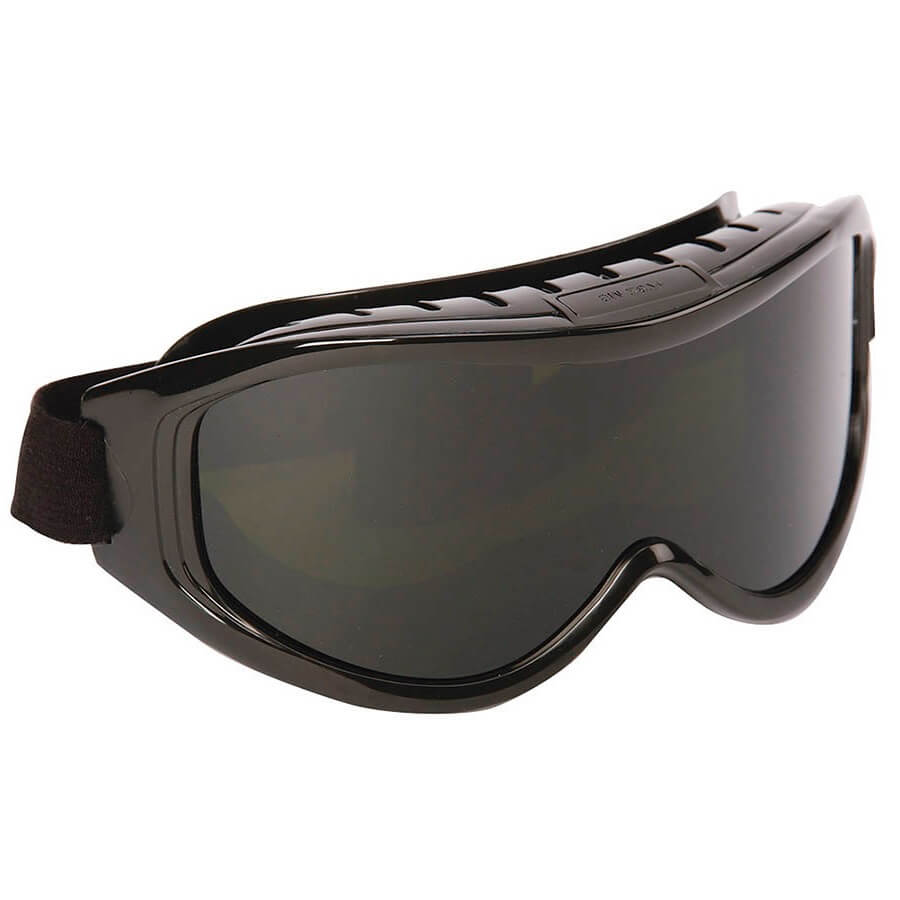Description
What you should know about hearing protection:
- Exposure to continuous high noise levels causes irreversible hearing loss
- Developing an effective workplace hearing safety program is critical
- OSHA sets the permissible eight hour work day noise exposure level at 90 dBA and only two hours of exposure to 100 dBA
- Many companies place noise level limits even lower than the OSHA standard
- Here are guidelines that some companies apply for increased safety:
– 8 hours exposure = 85 dBA
– 4 hours exposure = 88 dBA
– 2 hours exposure = 91 dBA
– 1 hour exposure = 94 dBA
About NRR ratings and their practical application in the field
- The NRR ratings found on many hearing protection products in the market, including Sellstrom, have been tested and certified in controlled laboratories. However, working environments are seldom controlled environments
- In the field hearing protection is not always fitted properly leading to noise creep and the potential for hearing damage
- As a precaution NIOSH recommends the following deratings during field use:
– Ear Muffs – NIOSH recommends derating NRR ratings by 25%
– Ear Plugs – NIOSH recommends derating NRR ratings by 50-75% - In some applications, to achieve maximum protection the use of ear plugs and muffs together may be the safest solution. It is estimated that by combining the two, an extra 5 dBs can be added to the overall tested NRR rating






Reviews
There are no reviews yet.